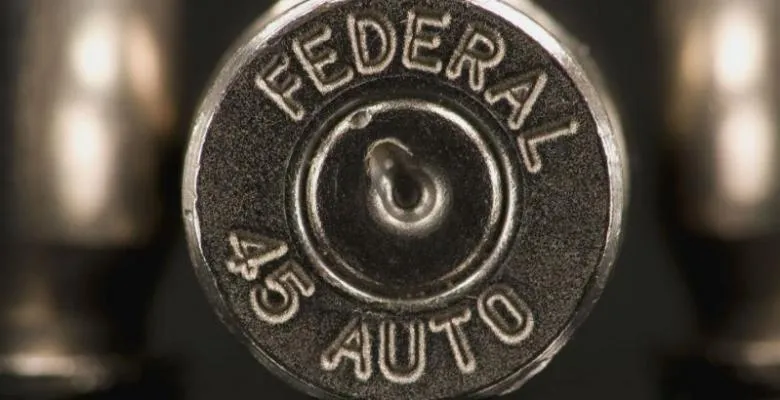
In 2007, California governor Arnold Schwarzenegger signed a law so rare that it was completely without precedent. Assembly Bill No. 1471, approved by the governor on October 13th, 2007, expanded the definition of an “unsafe handgun” to include any semiautomatic handgun that was unable to etch markings unique to each pistol into each bullet round fired. There was just one problem with the bill, which went into effect in 2013: the technology for bullet microstamping did not exist.
Nevertheless, the legislature approved the passage of the bill, which would make a crime ‘the manufacture, sale, and other specified transfer of’ guns that did not include this nonexistent microstamping technology.
The bill specifically outlaws ‘semiautomatic pistols that are not designed and equipped with a microscopic array of characters that identify the make, model, and serial number of the pistol, etched in 2 or more places on the interior surface or internal working parts of the pistol, and that are transferred by imprinting on each cartridge case when the firearm is fired.’
Then-California Attorney General Kamala Harris formally notified “California licensed firearms dealers, California Department of Justice certified laboratories, firearm manufacturers with firearms listed on the Roster of Handguns Certified for Sale in California, and all other interested persons/entities” that the microstamping law was officially in effect, but there was yet another problem: no gun manufacturer had yet to spend the massive amount of cash or resources to cater to California’s draconian law.
There’s good reason why. A form of microstamping already exists, and is the basis for how ballistics laboratories match guns to shell casings routinely in criminal cases. Each firearm leaves a unique imprint on a projectile that, while never precisely the same, is unique enough to match an ammunition round to the firearm it was fired from, assuming the bullet maintains a reasonable level of integrity. Plus, the microstamp technology hasn’t even been proven to work in limited tests.
“Firearms examiner George Krivosta, of the Suffolk County, N.Y., crime lab, found that the ‘vast majority’ of micro-stamped characters in the alphanumeric serial number couldn’t be read on ‘any of the expended cartridge cases generated and examined.’” (NRA-ILA)
So why would the California legislature pass a law insisting on a two-point microstamp which was not effective nor necessary in determining that a bullet came from a certain weapon? Those who took up a lawsuit against the state argued that the impossibility of the technology was precisely the point, as it serves as an impossible or unreasonable standard for gun manufacturers to make. Therefore, the microstamping law represents an effective prohibition on the manufacture of semiautomatic handguns in the state.
This was the argument that was made in front of the U.S. Court of Appeals: that because the technology is not currently available to gun manufacturers, it was unconstitutional, for no law that is impossible to comply with falls within the realm of Constitutionality. The Appeals court disagreed, but for curious reasons. While it may be currently impossible to comply with the microstamping law, the court agrees that forcing industries to innovate is one of the intended effects of such a requirement, though the attorneys for the state admitted the technology is not currently viable.
“Attorneys for the state acknowledged that microstamping technology is ‘emerging’ but said lawmakers often enact laws to force industries to innovate. Writing for six of the justices, Associate Justice Goodwin Liu said impossibility can sometimes lead courts to excuse a failure to comply with a law, but it can’t be the basis for invalidating it.” (AP)
But gun manufacturers aren’t innovating; they’re leaving the state, proving that the California law serves as the ban on new semiautomatic pistols that many believe it was intended to be.
Read More: https://bit.ly/2nB5iUV